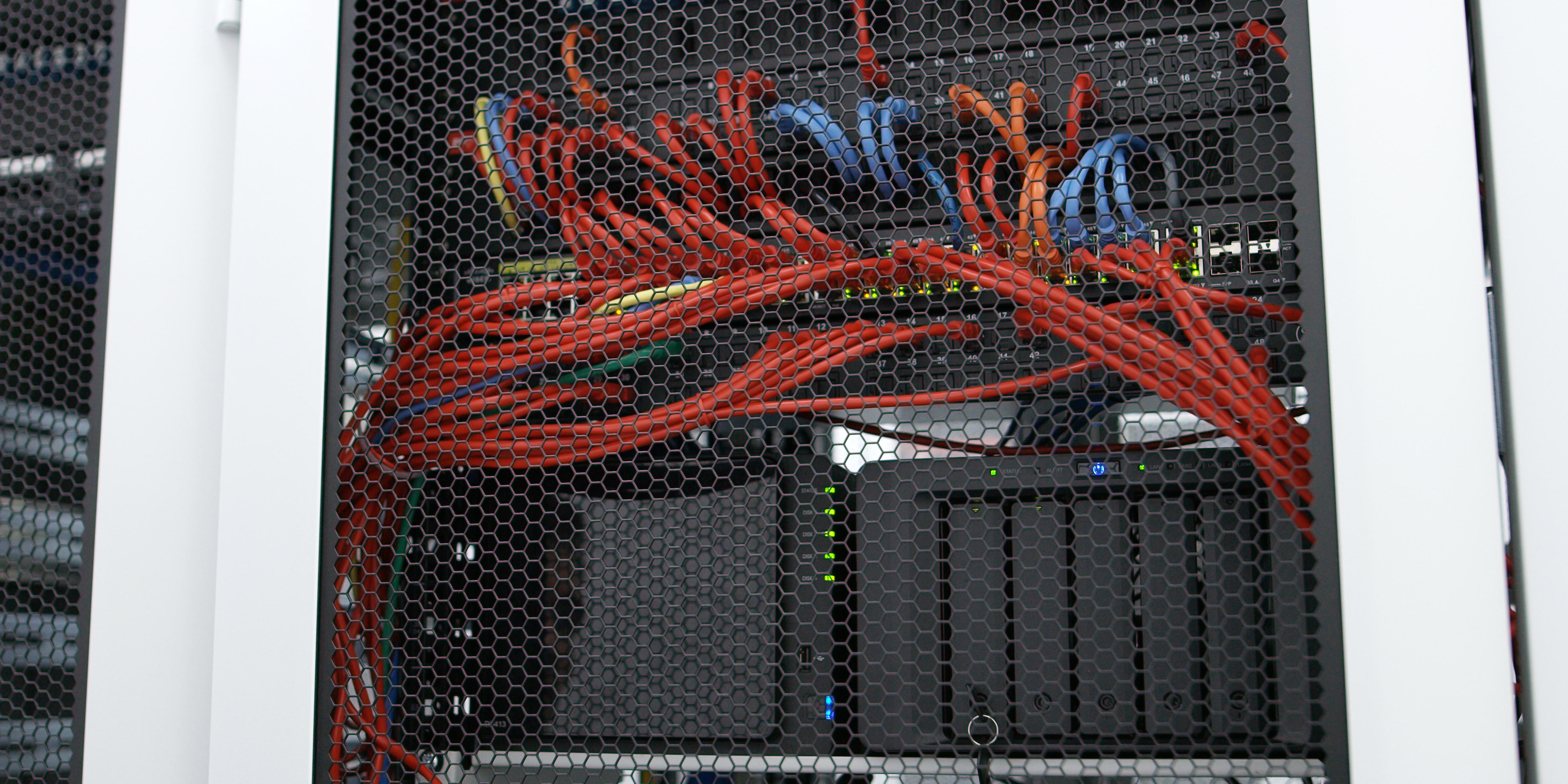Whenever we take on a new technology project the first question that is asked of the enterprise client, “We need to gather information on your current environment and could we see your existing records of lines, circuits, servers, infrastructure, network configuration, call traffic data, current system users, etc. etc.?”
We usually get great documentation on their data network environment, servers, connectivity, even neatly drawn Visio diagrams of everything related to storing or moving non-voice data …. yet the documentation on voice circuits, lines, trunking, carrier information is always sketchy – and this scant documentation gets more troublesome with every merger or acquisition and that lack of voice network documentation.
Years ago when I worked for a large insurance company, the voice closets were always dark, small, and full of cobwebs and a spaghetti bowl of wires – yet the data center consisted of an entire floor of servers, on top of a gorgeous, raised floor floating atop neatly labeled, smooth bundles of cables. Why the sharp difference in attitudes when both facilities are focused on the same thing – moving some sort of data from one point to another?
True story, one year we were cutting over a new system for a small bank in Indiana. Because the voice side was not properly documented and circuits were not properly marked in the voice closet, the technician cut one of the wires to a ringdown circuit. For any of you in the banking industry a ringdown circuit connects to a small button at the bank tellers window that, when pressed, silently sends an alarm to the local police station. In minutes, the police surrounded the bank with their patrol cars, kneeling behind the car with guns drawn. The president of the bank and I had to walk out with our hands in the air. We then explained that it was not a burglary, but a "technology cutover.” The lesson learned from that is to keep great records of everything voice related and have it all properly marked in the voice closet.
We are still finding today that the voice infrastructure records are still not being kept up to date. We had another project where the enterprise could not come up with a proper list of Direct in Dial (DID) circuits to properly port away from the existing carrier, so they just gave everyone new numbers. How many of those circuits are still billing because there are no records of where they are or what the numbers are?
These are the reasons why all of this important:
- Knowing exactly what you have allows you to renegotiate contracts in your favor -- Enterprises need to have a clear picture of all the vendors and service providers that they are engaged with. It helps businesses assess the quality of services provided and renegotiate contracts or seek better alternatives if needed.
- Knowing what you have means you can deploy your tech in ways that boosts your productivity -- By understanding the technology environment, businesses can identify opportunities to streamline processes and optimize workflows. This can lead to improved productivity and efficiency across the organization.
- Knowing what you have makes it easy to know what and when to replace things -- Keeping a good inventory of everything helps track technology assets throughout their life cycle so businesses can make informed decisions about when to update or replace equipment, avoiding downtime and ensuring optimal performance.
- You can save money because you know exactly what you're using, not blindly approving invoices -- How many times are companies paying for mobile phones that are thrown in a drawer and no longer being used, but the monthly billing on these continues forever until cancelled by the business unit.
- You can plan better for worst-case scenarios -- An accurate technology inventory is essential for disaster recovery planning. It ensures that all the critical components are identified and included in the recovery strategy, minimizing downtime and data loss in the event of a disaster.
- It's easier to enact better IT governance and decision making -- An inventory of technology assets supports better IT governance by providing comprehensive data for decision-making processes. It enables management to make informed choices about technology investments, upgrades, and improvements aligned with business objectives.
In summary, don’t get caught with your ‘hands in the air’ on any of this. Keeping and documenting everything is fundamental for enterprises to optimize costs, enhance security, ensure business continuity, and make informed decisions regarding your technology infrastructure.










